We returned to Taipei from Yeliu and stopped at Xingtiangong shrine at first, which honors Guan Yu, the ancient Chinese warrior. It was swarming inside with not only sightseers but local people. I felt interested about a few differences from Japanese shrines. There were several tables arranged in the 10 meter-square space in the grounds, which is all in all sacred and calm, provided only with minimum stuff in Japan. On the tables, there were various items, such as clothes, toys, snacks, boxes of candies, stationery for kids and so on. Those were placed there for charity by someone, and anyone who wanted them could take them away showing their gratitude to the deities. I was viewing with interest how people behaved around the tables for some time.
Our next planned place was the oldest Taiwanese temple of Longshansi and after visiting, we were supposed to have dinner. The lunch was delicious and moreover filling, however, and we asked the guide to walk around the city to make room for dinner in my stomach. Then, he dropped us near the ancient street of Bopiliao. This wasn't included in our plan, but it was so wonderful. There seemed to be a holiday and all the shops in the street were closed, but it was a nice place to wander around.
As for Longshansi, it was a curious mixture of Buddhism and several other religions like Daoism. Might the hodgepodge be a part of Taiwanese culture?
(Vocabulary)
Guan Yu 関羽
Daoism, Taoism 道教
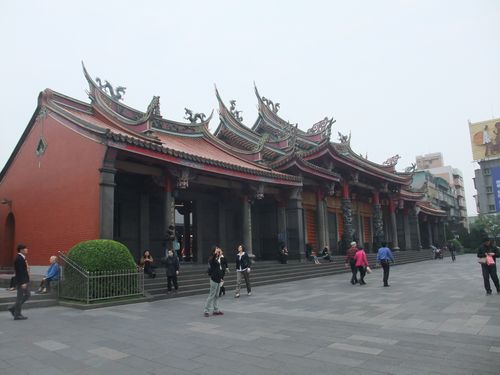
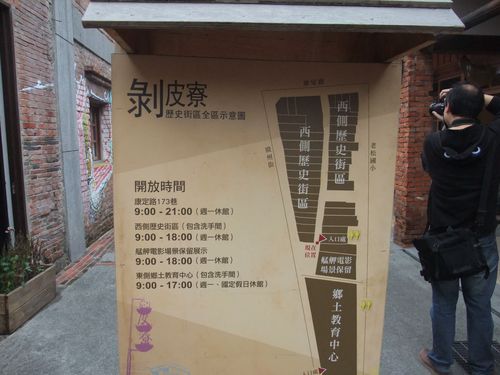
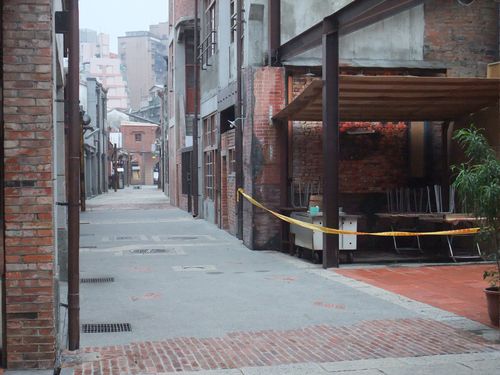
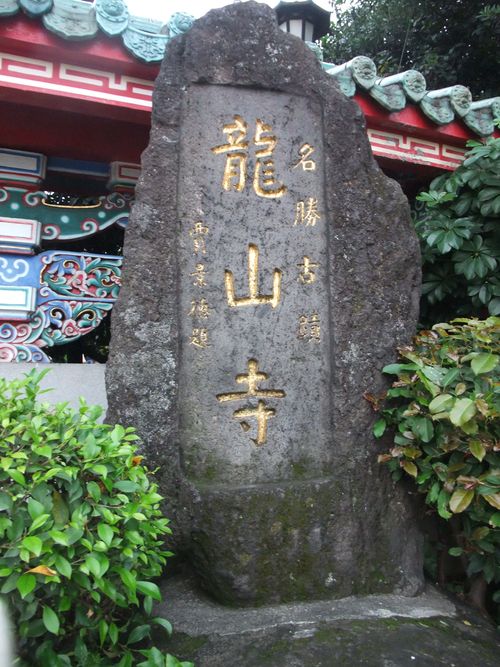
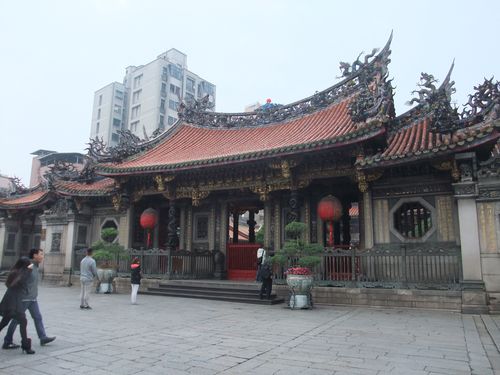
台北市内の観光ルート
http://kumo.typepad.jp/Taiwan13/Taiwan0402_2.html
Recent Comments